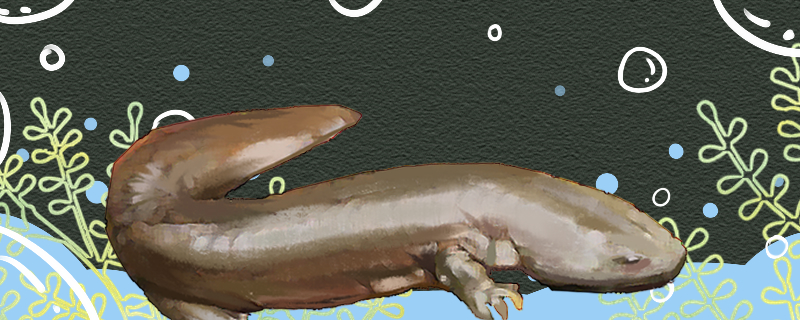
The giant salamander is an animal in the genus Giant Salamander of the order Caudata of the class Amphibia, which includes different species and genera. Because giant salamanders are amphibians, they belong to amphibians in terms of category. Moreover, giant salamander is a typical amphibian, and as amphibians, they also conform to many characteristics of amphibians. The larvae
of amphibians generally live in water, and most of them will live on land after adulthood. The same is true of giant salamanders. When they are young, they live in the water, and when they are adults, they can live on land. However, they use different respiratory organs in the two stages. In the larval stage, they use gills to breathe, while in the adult stage, they use lungs to breathe. The skin of amphibians can generally secrete mucus, and can play a role in assisting lung breathing, as is the case with giant salamanders. In addition, from the point of view of body temperature changes, giant salamander is also a poikilothermic animal like other amphibians.
giant salamander is a typical amphibian, and the reproductive mode of amphibians is basically the same, they generally use oviparous reproduction. The same is true of giant salamanders, which reproduce by laying eggs. Viviparous can be said to be a typical way of reproduction of mammals, giant salamanders are not mammals, do not reproduce in this way. During the breeding season, the female giant salamander will lay eggs, and the eggs and sperm will combine in vitro to form fertilized eggs, that is, in vitro fertilization.